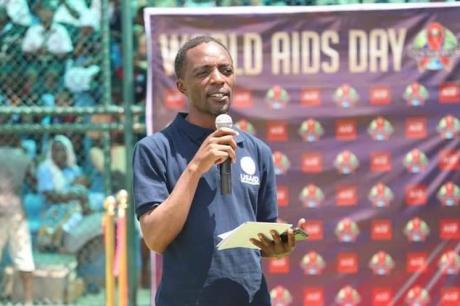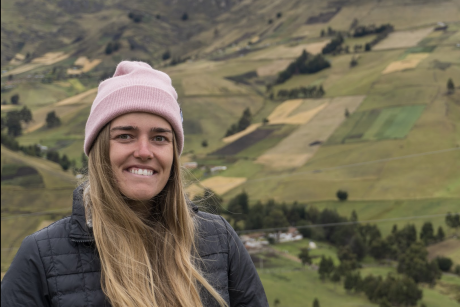By Chris Woods,
Director of Master of Science in Global Health
When I was last in Africa, it was 1998. - The prevalence, incidence, and deaths attributable to HIV were rising - There was no antiretroviral therapy - Life expectancy was falling, erasing decades of gains made - There was little hope for those with HIV/AIDS I arrived in Kenya on Tuesday, August 14 to a very different continent than when I was last there. The change was palpable from the moment I got off the plane. There was a buzz of life and energy. Instead of the rows of corrugated metal shacks I remembered, modern buildings lined the highway from Jomo Kenyatta International Airport. The suitcase-sized satellite phone that was so novel in 1998 quickly seemed antiquated as I saw Kenyans with mobile phones everywhere I went.
Africa 2012 is the antithesis to what I saw in Africa 1998. New infections and HIV-associated deaths are falling, and more people are living longer with HIV than we could have ever dreamed. Antiretroviral therapy is increasingly available to more patients, largely due to the United States President’s Emergency Program For AIDS Relief (PEPFAR) and similar funding programs. I realized that hope, not death, was in the air. The next day, I met with Dr. Joe Mamlin at the Monsoriot Clinic where he runs the largest PEPFAR-supported HIV treatment program on the continent along with his Kenyan colleagues at Moi University in Eldoret. Still spry in his seventies, Joe is responsible for providing care to more than 20,000 HIV-infected Kenyans at three clinics throughout the region. The AMPATH training program he created in 2001 has enrolled more than 150,000 health care providers over the last 12 years. He readily credits his clinical officers and the multidisciplinary staff for the success of the program and the lives they have saved.
AMPATH Kenya now employs many of those treated at the clinic as counselors, administrators, and on the farms now supporting the program. After hearing him describe his commitment with such passion, I told him I thought I had a new hero. He responded, “No heroes here, just people working.” Working in global health is incredibly rewarding, but the work is also, at times, unspeakably difficult. Sometimes the challenges seem so enormous and insurmountable. We must remind ourselves that change can happen and IS happening. Seeing Joe, his colleagues, and their work in Kenya reminded me why I got into this field in the first place. As Director of the Master of Science in Global Health at the Duke Global Health Institute, I have the opportunity to meet the next generation of global health leaders who make it their life’s work toiling away trying to make dreadful diseases like HIV as antiquated as my satellite phone. This blog will highlight what Duke global health trainees in the MSc-GH program are doing and how our work at DGHI ensures that global health successes continue to outweigh the challenges.
Dr. Joe Mamlin will be speaking at Duke on October 23 at the AMPATH annual meeting. Look for a recording of his talk on the DGHI website.



